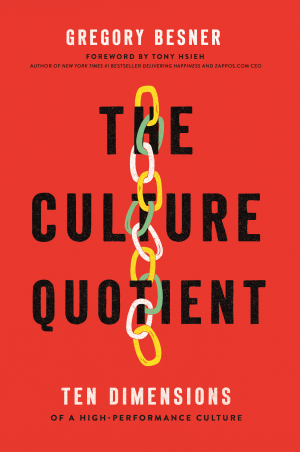Hiring for Mission and Value Alignment: It All Starts With a Defined Purpose

Mission and value alignment are essential for successfully recruiting and retaining talent. When employees feel connected to your mission and your values, they feel inspired to contribute their best efforts. Conversely, without mission and value alignment, employee engagement wanes, negatively impacting overall team performance and morale.
Your employees can only be aligned with your mission and values if they have a defined purpose that provides meaning to their work. A company’s mission statement should offer a clear and concise definition of its single most important purpose as a business. It should answer: What do we do, and why do we do it? Every project, initiative, and team goal should link up to this mission.
Leading organizations also have articulated values that represent deeply held beliefs and expected behaviors. Core values are the guiding tenets of a company. If a mission defines what we do and why we do it, core values express how we do it.
The most successful values support the company’s mission, shape its culture, and reflect its identity. Because each organization is unique, there are no universal core values. Instead, a company must decide what principles it holds most dear.
Together, the mission and values compose the company’s unique identity and way of operating. In a company with strong mission and value alignment, all employees know the mission and values, understand how their individual work connects to the bigger picture, and see the mission and values consistently followed in day-to-day operations.

To infuse your company’s mission and values into the recruiting process, share them anywhere a candidate might encounter them — in job descriptions, on the company’s “About” page, and during screening interviews. This demonstrates your commitment to the mission and values, and it gives candidates a chance to assess their own alignment. You can further evaluate every candidate’s alignment with your mission and values during the interview by asking about times when they exhibited each value.
As a company grows, the demand for new talent increases. Recruiters are often tasked with quickly filling skill gaps, prompting the hiring process to focus more on a candidate’s technical skills than their mission and value alignment. Although filling skills gaps is very important, ensuring mission and value alignment is just as critical. Any company can state core values, post them on its website, and pin them to its wall. What’s harder and less common is applying your mission and values in the day-to-day experience of all your people, including your recruiting process.
Here are a few quick tips to help recruiters hire for mission and value alignment:
- Create a set of behavior-based interview questions dedicated to determining a candidate’s value alignment.
- Encourage candidates to read up on your mission and values before interviewing.
- Develop an internal program to certify every interviewer before interviewing prospective team members.
- Use assessment tools with each prospective team member before making an offer. Assessment tools also help eliminate unintentional hiring bias.
- Assign a mentor to new hires to help recruits assimilate into your organization.
- Employ an onboarding process that includes company training to expose new employees to every leader in every team within the company.
- Conduct onboarding and exit interviews to understand why employees join your company (onboarding) and why they leave (exit interviews).
After an employee is hired, consider the rest of the employee life cycle — onboarding, promotions, ongoing training, termination — and look for ways to embed your values into those touchpoints. Every policy, process, and program is an opportunity to link back to your mission and values.
Leaders should also model mission and value alignment. At every turn — product launches, all-hands meetings, performance reviews, even company picnics — leaders across levels can explicitly link their strategic decisions to the organizational mission and values. Employees should understand what the organization’s mission and values mean in a practical sense and how they can apply these things to their everyday work, including customer interactions, colleague interactions, and product decisions. They should see leaders modeling the application of the mission and values daily. This is the difference between simply having a mission and values and living by your mission and values.
When your company and your workforce are aligned on your mission and values, employees are more likely to be satisfied, motivated, and committed. Employees who are connected to the company’s mission are motivated to exceed their goals, proactive about learning new skills and starting new projects, positive in their approaches to work, creative in solving problems, and committed to developing their careers at your organization. It all starts with successfully hiring for mission and value alignment.
Greg Besner is the author ofThe Culture Quotient (Ideapress November 2020), founder and vice chairman of CultureIQ, and a faculty member at the New York University Stern School of Business.

